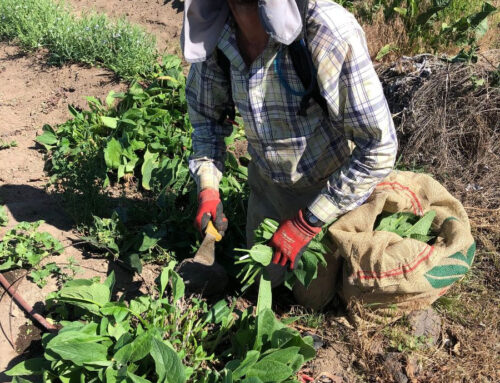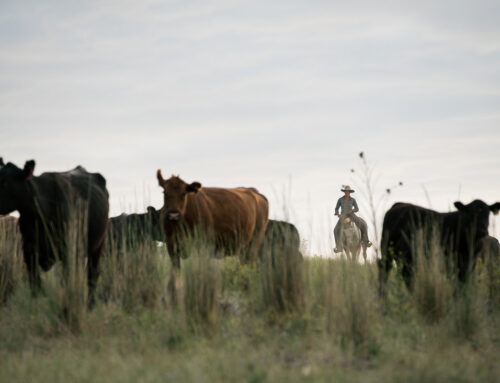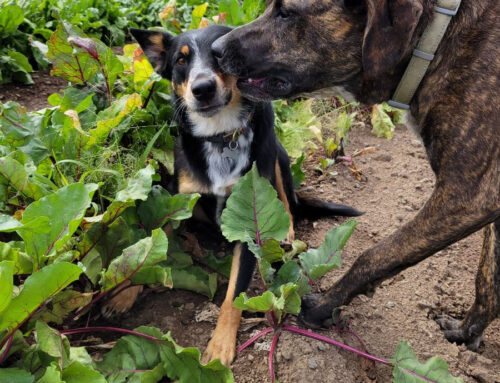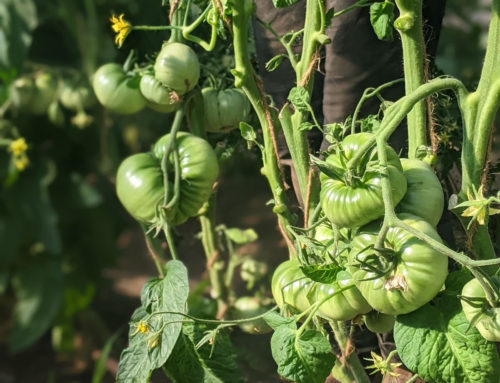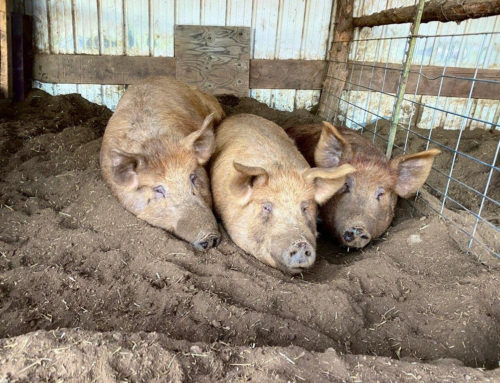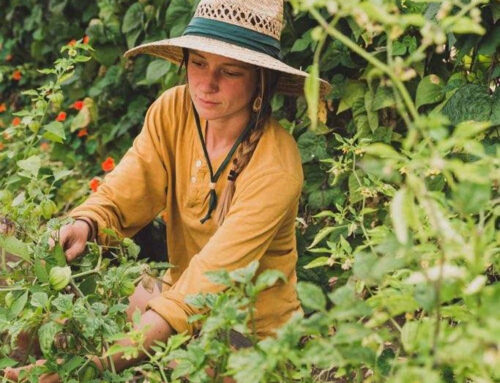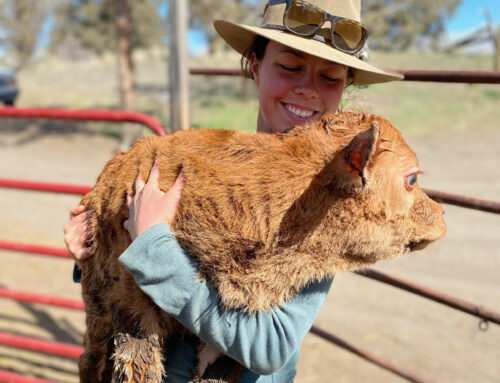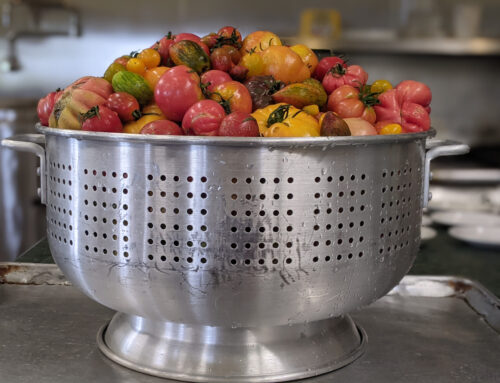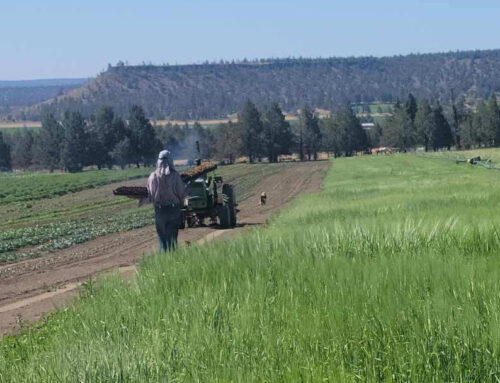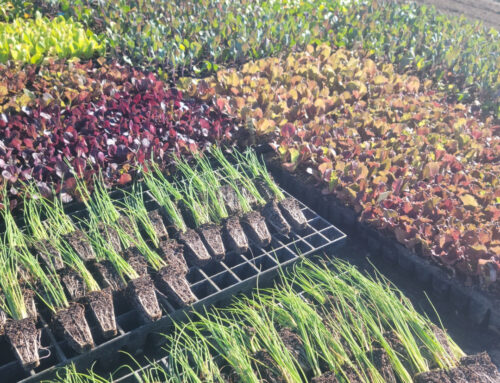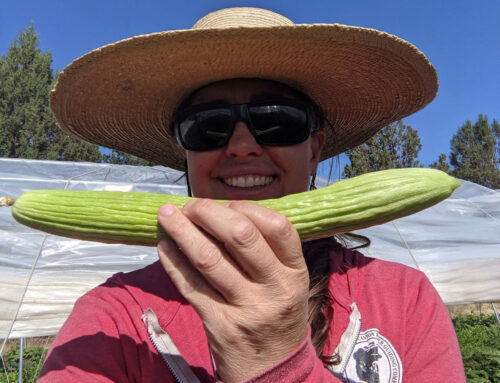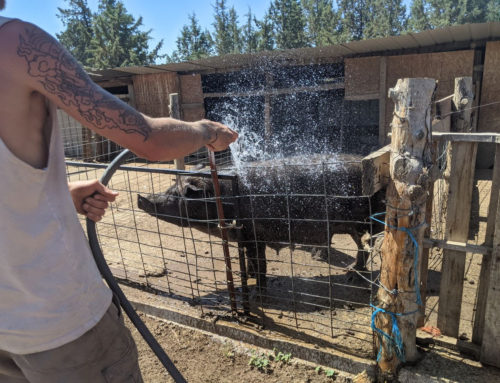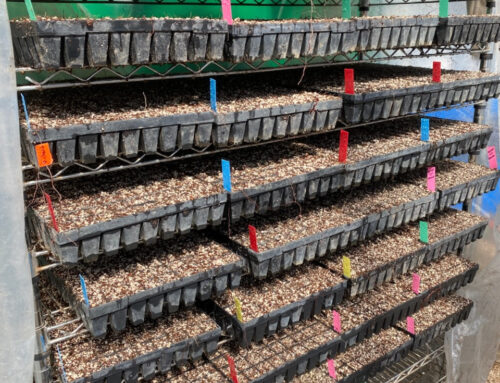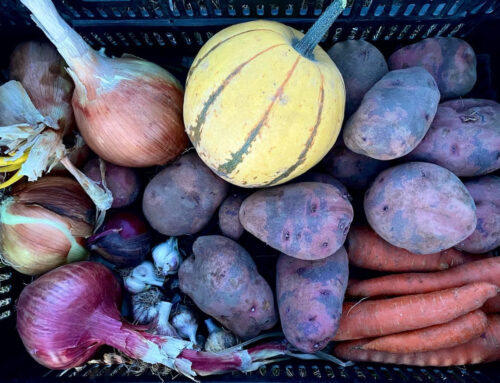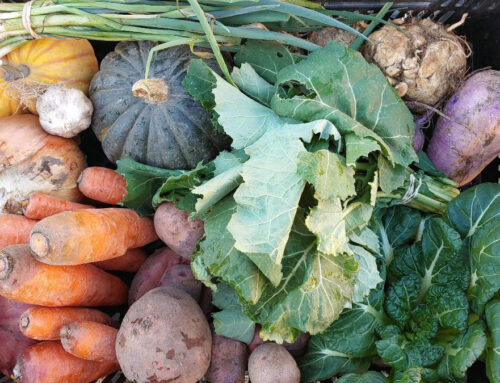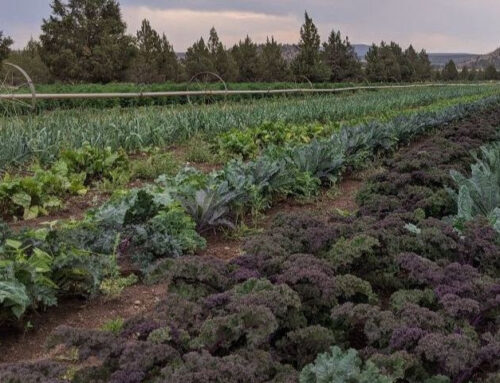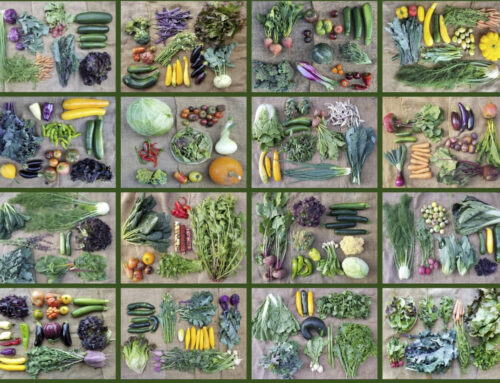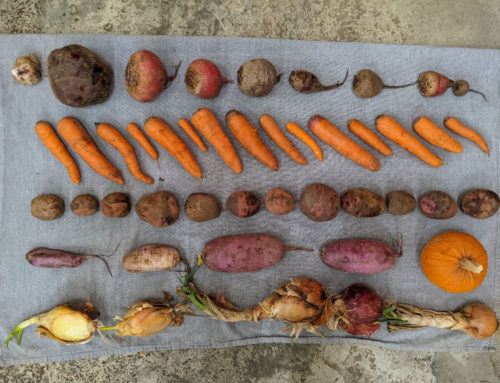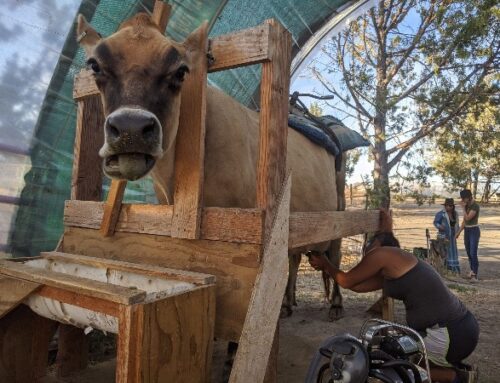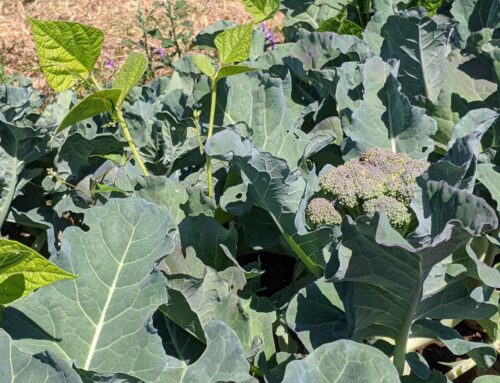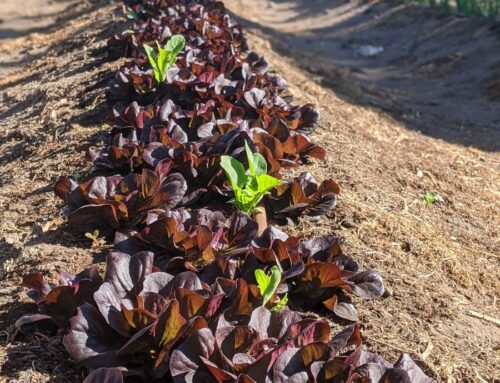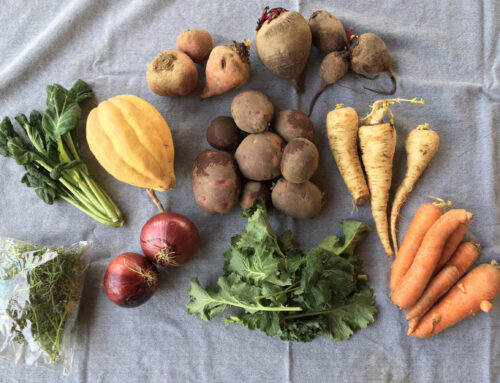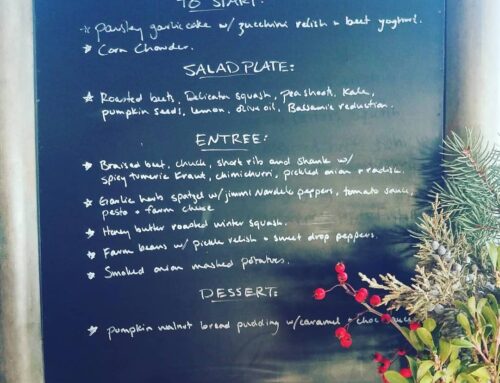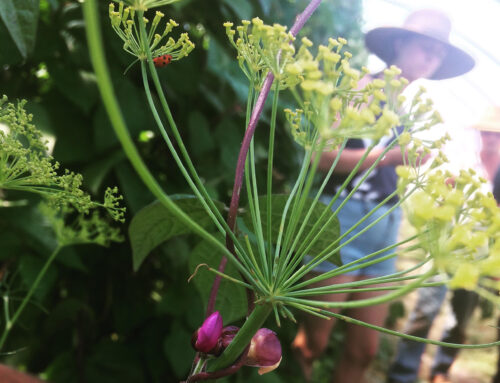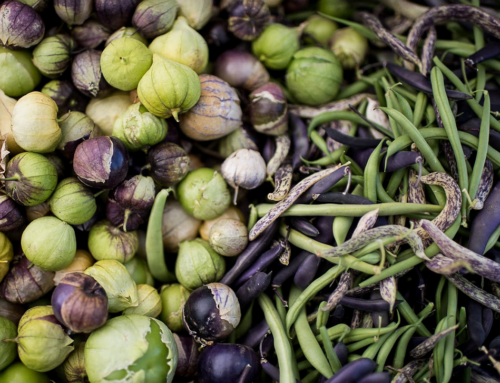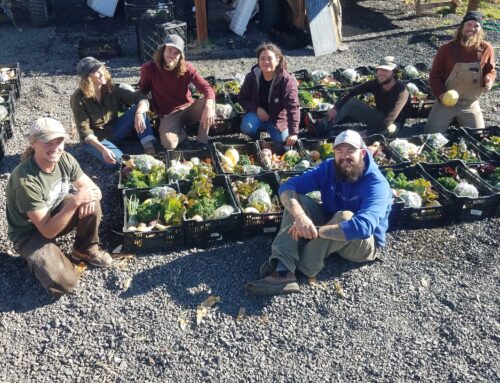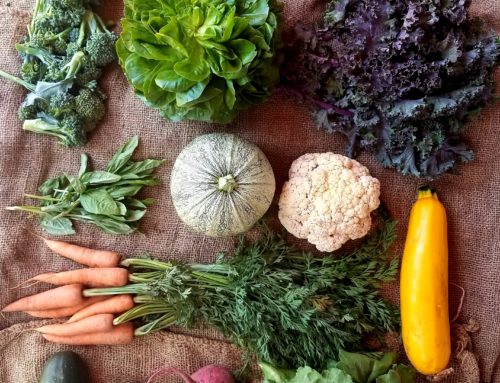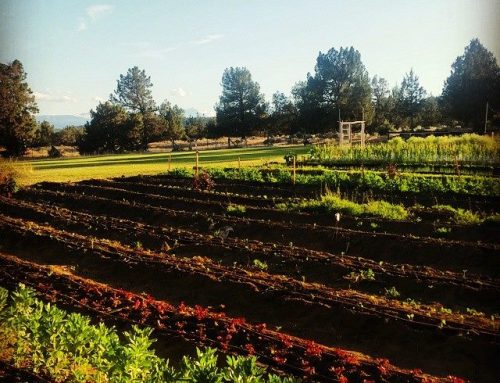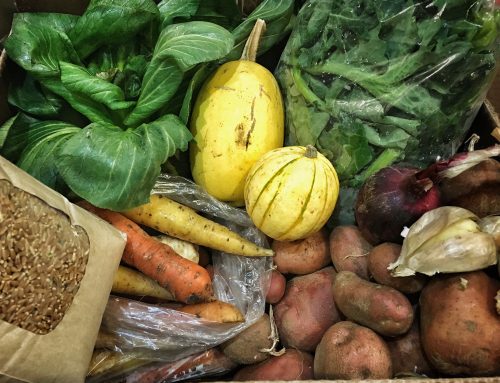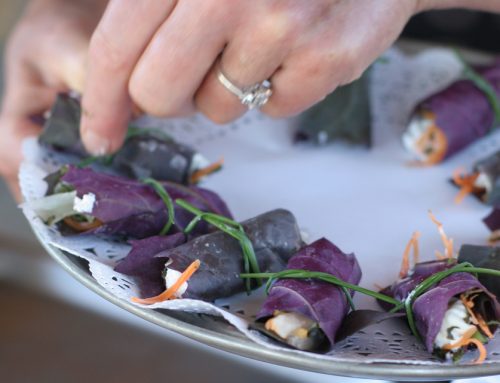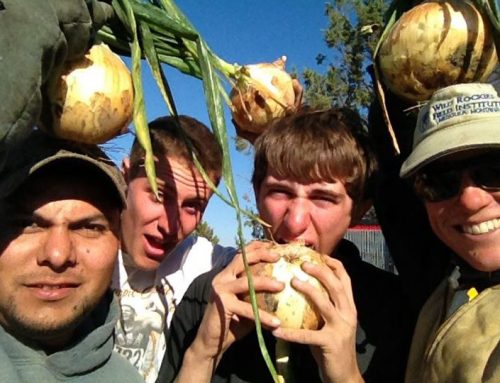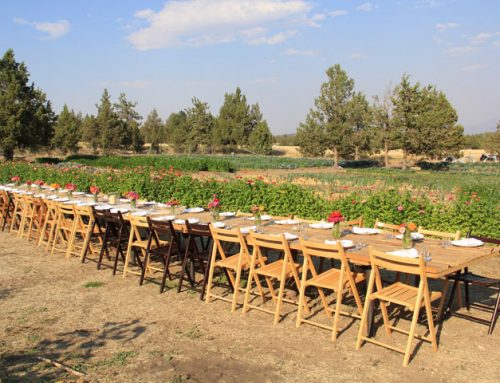
News from the Farm
One of our foundation items (we think and hope, more on that in the Harvest List section below) is cilantro. But you will look at it and say, No Way! That is not cilantro. I have been eating and seeing cilantro for year, and that doesn’t look like anything I have ever seen. Take a deep sniff, however, and you will see that we are both correct.

While this cilantro looks a bit more like tarragon than Italian parsley with its long frondy leaves, it tastes more truly “cilantro” than almost any cilantro you have tasted before. (Especially that bland stuff you find in January at the grocery store).
How do we get to Cilantro like this?
For that we need to talk about Row 7 seed company. This is a seed company that works with chefs, farmers, and seed breeders to create modern heirloom varieties – those vegetables that that you want to pass down to your great, great grandchildren they are so good! Usually seed breeders are asked to prioritize utility over flavor: shelf life, production, aesthetics. Instead, Row 7 specializes in prioritizing flavor. Chefs dream about what they want a vegetable to taste like so it can stand alone and not need to be jazzed up to serve, and then breeders, farmers, and chefs work together to breed (not hybridize) a new variety. These new varieties are all certified organic and unpatented which continues to make farmers, especially the ones that prioritize heirloom varieties, feel good too.
We got involved with Row 7 after Sarahlee went to the Entrepreneurship Intensive for Farmers at Stone Barns in New York and met with the founders of Row 7. For the last 5 years we have become part of the farm/chef/breeder nexus that develops, tastes, and reports back as seeds near their finished state. You’ll find Row 7’s Robin’s Koginut Squash, Tetra squash and Upstate Abundance potatoes in our Winter CSA shares and the Habanada pepper and Patchwork pepper in our summer offerings.
Okay, back to the cilantro. This year, we are growing this cilantro (as of now unnamed) as a seed crop for Row 7. Our roll is to grow the plant and let it bolt so we can collect the seeds, send them back to Row 7, and then others can grow the cilantro next year. We have enough that we wanted to share it with you! After trying it out, I can personally attest to it’s delicious cilantro taste! Don’t be deceived by its looks, this cilantro will go great with some tomatillos in salsa or as a nacho or taco topper or whatever else you would use cilantro for! (Check out the Recipe Corner for some great options!)
Photos from the Week |



|
We have been harvesting our brains out this past week and the market booth and the Farm Store is showing the effects of that. So much color! And the melons are starting to show off a bit. A bit more time, and those Minnesota Midgets should ready to go.
|
Honor the Crates: a photo essay
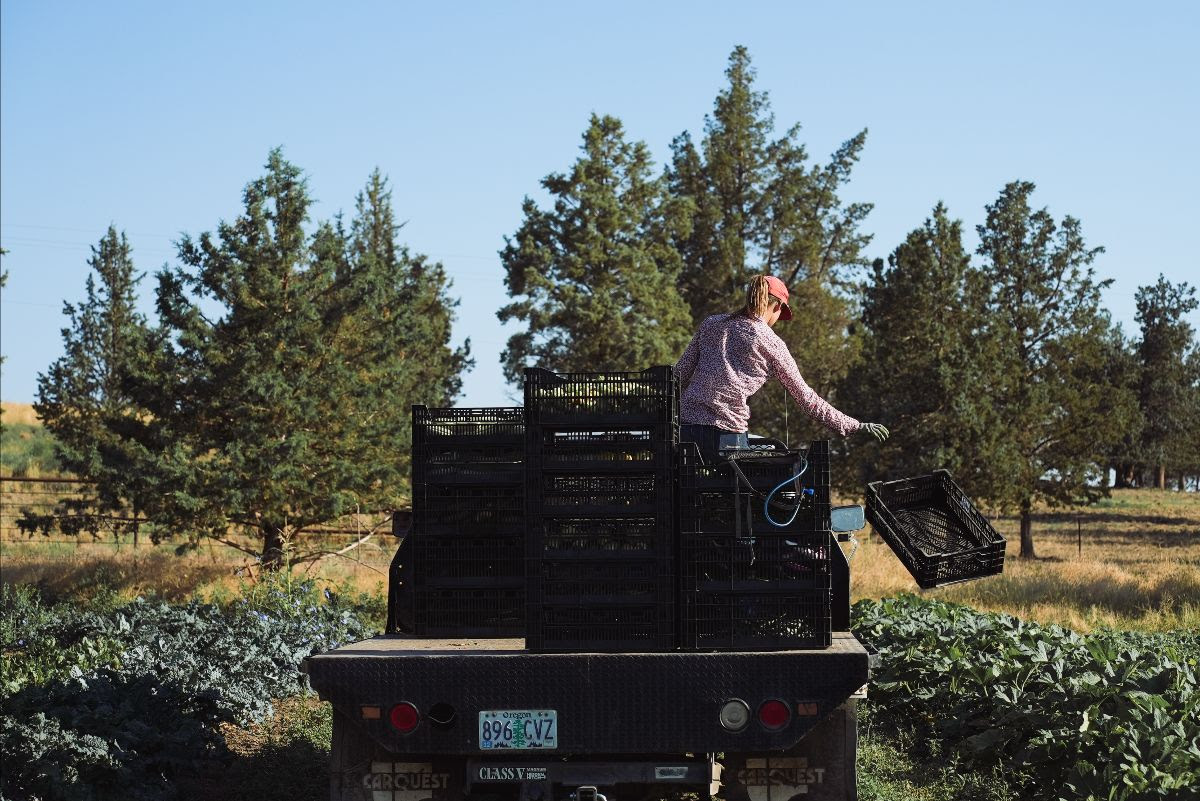




|
Black crates are how we keep all the vegetables organized around here. We lay them out in the field, fill them up with goods, carry them back to the truck, and then bring them to you. They stack well, are reasonably space efficient, have great breathability, and generally the dirt washes or falls out of them. They carry vegetables from the fields to the wash and pack and to you. Honor the crates!
|
Veggie ID: Cilantro |

Cilantro is an herb with a pungent, bright, lemony flavor. Some find it tastes a bit soapy if they sensitive to the chemical aldehyde. It is used in ethnic cuisine — Asian, Indian, and Mexican (especially salsa). Since it doesn’t stand up to much heat and looses a lot of flavor once it is cooked so it is usually added to a dish right before serving.
To store: For short-term storage, stand upright in a container with an inch of water. Then cover the herbs loosely with a plastic bag and refrigerate for up to 2 weeks.
To prep: Chop the stem and leaves with a butcher knife. The stems can be eaten too.
To freeze: chop up and add to water in ice cube trays. It will only freeze well if it is in the ice cubes. This way, when you are ready to use it this winter, you just need to melt the ice and voila, fresh cilantro. (This trick works very well for basil too!)
Vegetable CSA Harvest List
As you have probably noticed, every week we tell you what your foundation vegetables will be. This is based on the previous week’s harvest, what the farmers have noticed as they weeded and walked about the farm, and other things like intuition and wild guesses. (We really try to keep those last two to a minimum.)
And, you have probably noticed this too: every week we are a bit off. Experience, intuition, and what you see only gets you so far. We never actually know what we have until we harvest it all. And every week we are surprised.
We take great pride in managing the vegetables we have to make sure that there are the right amounts of all the things. And we continue to learn about what to expect when and how to judge amounts in the field. Work in progress, you know. What would life be without those goals you are always working on.
So, with all of that said, we really, truly, almost can guarantee that one of the foundation vegetables will be Row 7 cilantro. (Check out the Vegetable ID above. Row 7 Cilantro looks VERY different from the cilantro you are used to, but it tastes the same and is delicious.) There will be other foundational items, but I don’t dare take a guess at them now. Now here’s hoping that the cilantro doesn’t bolt between now and Tuesday!
We have been keeping an eye on the hoops and 2-acre garden and have a pretty good idea of what is out there and ready to be harvested, but this is a Sunday estimation of what we will be harvesting on Tuesday. Also, because we have a market style CSA, this isn’t a guarantee of 1 of all these things for everyone. Instead, this will be the variety of what will hopefully (fingers crossed) have for you to choose from this week.)
Other Vegetable Options will probably include:
Arugula
Basil
Beets
cauliflower
Carrots
Chard
Cucumbers
cherry tomatoes
large heirloom tomatoes
tomatillos
salad turnips
collard greens
variety herbs
Fennel
Kale
Cabbage
Radish
Yod Fah
green zucchini
yellow zucchini
patty pan squash
lettuce mix
cucumbers
green onions
sweet peppers
hot peppers (?)
Meat CSA
This week our Meat CSA features the second round of PORK. Everyone will get a smoked pork cut or two. This includes:
- bacon
- thick ham steaks
- ham roasts
- ham hocks
Then the rest of the CSA will be made up of other pork cuts including, but not limited to:
- chops
- roasts
- blade steaks
SMALL
1 – 2 smoked pork
1 other cut (depending on weight)
LARGE
1-2 smoked pork
2-3 other pork cuts (depending on weight)
Keep an eye on our Instagram stories for a tour of what the options are on Wednesday around 11 am.
Recipe CornerLet’s take a look at cilantro and some smoked meat cut recipes this week! |
(You can’t give out bacon in a CSA and not talk about BLTs this time of year!)
INGREDIENTS
12 slices thick cut bacon
8 slices bread (the thicker and more rustic the better)
1/2 cup mayo
1/4 tsp chili powder
1/4 tsp ground cumin
1 small clove of garlic, minced
salt
2 large farm-fresh tomatoes, sliced
fresh arugula
flaky sea salt
freshly ground black pepper
crushed red pepper flakes
INSTRUCTIONS
- Cook bacon either in the oven or stove top, whatever suits your fancy.
- Toast the bread. You can use your broiler if you already have your oven heated up for the bacon cooking.
- In a small bowl, mix the mayo with the spices, garlic, and a pinch of salt. Taste for seasonings and adjust as needed.
- To assemble the sandwiches, spread a generous layer of the garlic mayo onto each slice of bread, followed by a few slices of tomatoes, 3 slices of bacon, and lettuce. Sprinkle with flaky salt, black pepper, and red pepper flakes. Top with another slice of bread and enjoy that explosion of summer!
(This recipe has so many ingredients in it that we have on the farm stand right now, I couldn’t resist.)
INGREDIENTS
1 1/2 pounds beets, cooked and peeled
Finely grated zest of 1 lemon plus 2 tablespoons juice
2 tablespoons finely diced red onion
2 tablespoons chopped parsley
2 tablespoons chopped cilantro
1 tablespoons chopped mint or 1 teaspoon dried
1/2 teaspoon ground coriander
salt and freshly ground pepper
6 tablespoons extra virgin olive oil
4 handfuls salad greens or arugula
1/2 cup oil-cured black olives
INSTRUCTIONS
- Cut the beets into quarters or sixths. Whisk together the lemon zest and juice, onion, herbs, coriander, 1/4 teaspoon salt, pepper to taste, and the oil in a small bowl. Taste the dressing on a beet and adjust if needed.
- Toss the beets with enough dressing to coat lightly. Toss the greens with the remaining dressing and arrange them on salad plates. Add the beets and olives and serve.
Cucumber and Cilantro Salad
INGREDIENTS
2 large cucumbers washed and spiraled
3/4 cup fresh finely chopped cilantro
2 sweet peppers, diced
1/2 tsp sea salt
1/2 tsp black pepper
1 tsp red pepper flakes (optional)
INSTRUCTIONS
- Peel the cucumbers and slice off the ends. Cut each cucumber in half and then cut those pieces in half length ways. Using the tip of a small spoon, carefully scrape out the seeds from each half of cucumber. Slice the halves into 4 long pieces and then cut into dice. Add to a bowl.
- Add the chopped cilantro, red pepper flakes, salt, and black pepper.
- In a separate smaller bowl whisk together the lime juice, olive oil, salt, and black pepper.
- Add the dressing to the cucumber mixture and toss gently while making sure to coat all of the cucumber Transfer to a serving platter and serve at once or store covered in the refrigerator until ready to use.
Cilantro Vinaigrette
(This recipe could be great on a salad, for dipping vegetables in, or as a steak sauce. Or any other number of things for that matter.)
INGREDIENTS
1 huge bunch of fresh cilantro (2 cups packed)
1/2 cup olive oil
2 tablespoons white vinegar
1 clove garlic
1 teaspoon kosher salt
1/2 teaspoon red pepper flakes
1/4 to 1/2 cup water, if needed
INSTRUCTIONS
- Blend everything up for about a minute until smooth. Add the water if you need more volume in the blender to make it run smoothly. Season to taste.
One way to cook a Smoked Ham
INGREDIENTS
1 smoked, bone-in ham
1 teaspoon ground cardamom
1/2 teaspoon ground cinnamon
1/2 teaspoon ground ginger
1/2 teaspoon allspice
1/2 teaspoon kosher salt
2 Tablespoon sugar
handful whole cloves
1/3 cup pure maple syrup
INSTRUCTIONS
- Remove completely defrosted ham from fridge about 60 minutes prior to cooking. Mix all ingredients except whole cloves and maple syrup in a dish and use your hands to evenly coat the ham with the spice mix.
- Preheat oven to 325F. Line a large roasting pan with tin foil and set aside. Place spice covered ham on a cutting board and use a sharp knife to make 1″ diagonal slices (about 1/4″ deep) into the layer of exposed fat. Repeat in the other direction to make a diamond pattern.
- Move ham to roasting pan and place in the oven. Bake, undisturbed for 1 hour and 45 minutes.
- Remove roasting pan and baste ham with 1/2 of the maple syrup. Return to oven and continue cooking for 15 minutes.
- Remove and raise heat to 450F. Baste ham with remaining maple syrup and return to oven for an additional 15 minutes. If there are any very dark spots that you think may burn, fold a small piece of tin foil into a square and gently cover those spots.
INGREDIENTS
2 smoked ham hocks
3 star anise
10 black peppercorns
2 bay leaves
1 orange, thickly sliced
3 1/4 cups ginger beer
3 tbsp Dijon mustard
1/2 cup dark muscovado sugar (or dark brown sugar)
½ tsp ground allspice
3 balls of stem ginger, finely chopped, plus 1 tbsp syrup from the jar (or 1/4 tsp ground ginger)
INSTRUCTIONS
- Put the ham hocks in a large saucepan with the star anise, peppercorns, bay and orange slices, then pour over the ginger beer. If there’s not quite enough liquid to cover the hocks, top up with water until they are submerged. Bring to a simmer, then reduce the heat so only a few bubbles break the surface now and then. Partially cover with a lid, bring to the boil and cook for 1 hr 30 mins, topping up with water to keep the hocks submerged as needed. When ready, the meat should feel tender but should not fall away from the bone.
- Remove the ham hocks from the stock to a board using tongs and leave until cool enough to handle. Heat the oven to 180C/160C fan/gas 4. Combine the mustard, sugar, allspice, stem ginger and ginger syrup in a bowl.
- When the hocks have cooled slightly, use a sharp knife to cut away the skin, leaving a layer of fat. Put the ham hocks on a tray lined with foil and bake for 30 mins until the fat starts to crisp.
- Remove the ham hocks from the oven and brush over half of the spiced ginger glaze. Return to the oven for another 20-30 mins, then brush with more glaze every 10 mins until the ham hocks have a thick, sticky crust and the meat is tender. Serve warm or leave to go cold and eat with gherkins or slaw, bread and mustard. Will keep covered in the fridge for up to five days or frozen for three months.

Can’t wait to see you on Wednesday! Don’t forget it is a meat week!
The Farm Crew





